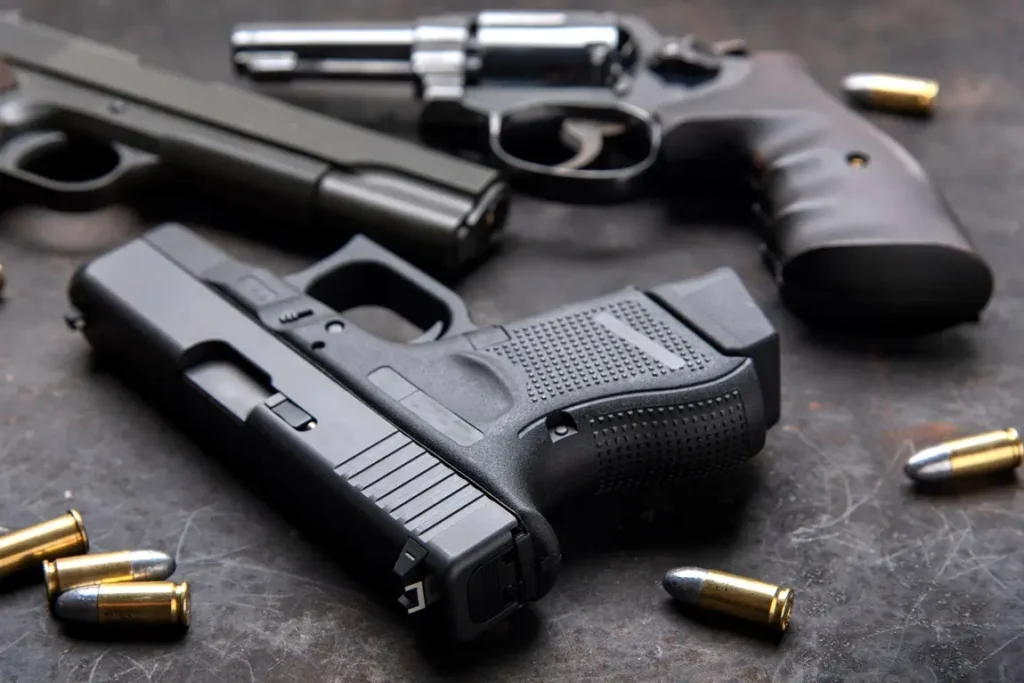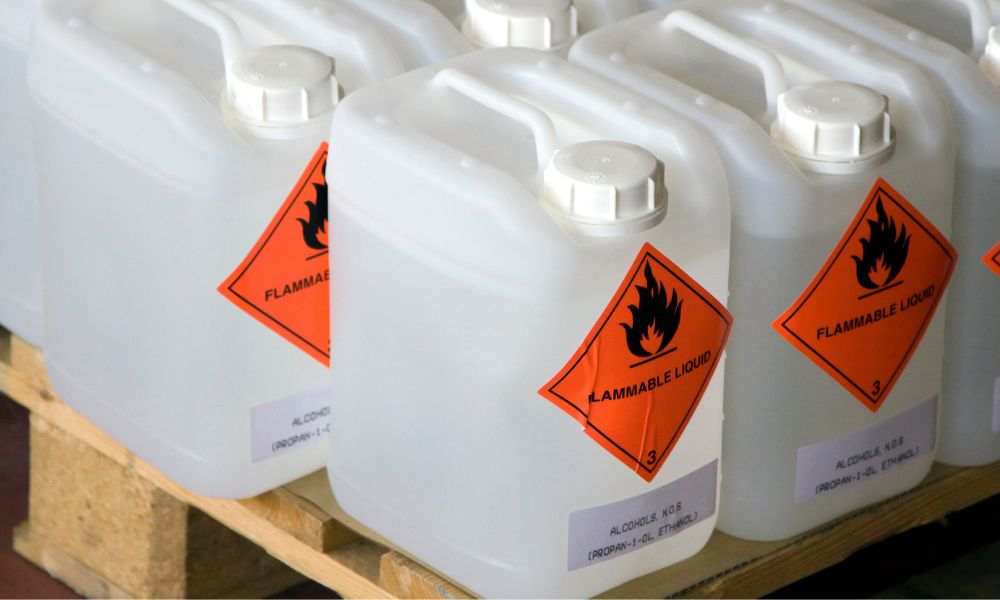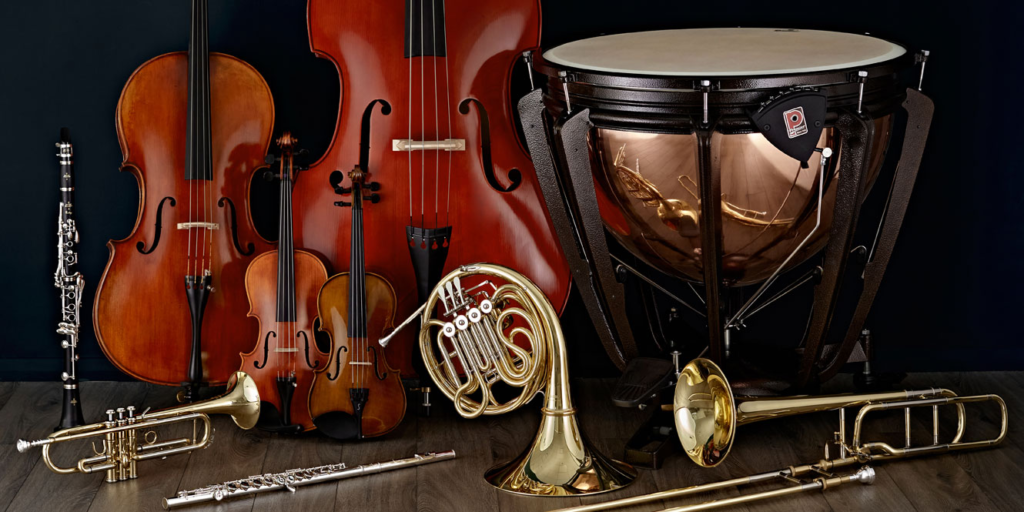When preparing for air travel, knowing what items to leave behind is essential for a smooth journey. We’re taking a look at ten things you should avoid taking on a plane to make getting through security much easier and reduce the chances of getting hassled on your next vacation.
10. Prohibited Food Items

Different countries have varying regulations regarding the importation of food items due to concerns about pests, diseases, and invasive species. Common food restrictions may include fruits, vegetables, and meats. To prevent the introduction of potentially harmful organisms or pathogens, travelers are advised to check the customs regulations of their destination and avoid carrying prohibited food items. This precaution helps protect local ecosystems and public health.
9. Valuables

When it comes to valuables like jewelry, electronics, and large sums of cash, it’s best to keep these items in your carry-on luggage. For added security, travelers may consider using a safe deposit box at their accommodation. Carrying these items in your carry-on helps prevent loss or theft, ensuring your peace of mind during your journey. It’s always better to be cautious with your valuables while traveling.
8. Explosives

The presence of explosives on an aircraft is a non-negotiable no-go. Items such as fireworks, firecrackers, and dynamite are absolutely forbidden in both carry-on and checked luggage. This uncompromising stance is essential for maintaining the security and safety of air travel. The potential for explosive materials to cause harm is too great, and airlines take this regulation very seriously.
7. Weapons

Weapons, including guns, knives, and swords, are generally not allowed in either carry-on or checked luggage, with a few exceptions for law enforcement and military personnel who possess the necessary permits. This strict prohibition is in place to ensure a secure cabin environment, preventing any potential acts of violence or hijacking attempts. By adhering to these rules, passengers can travel with peace of mind.
6. Flammable Liquids and Solids

Flammable liquids and solids pose a serious risk during flights, which is why items like gasoline, lighters, and matches are strictly prohibited in both carry-on and checked luggage. The potential for these items to ignite and cause catastrophic damage is a significant concern for airlines. By leaving these items at home, you contribute to a safer flying environment for everyone on board.
5. Liquids, Gels, and Aerosols

When it comes to air travel, liquids, gels, and aerosols can be a significant hassle if not packed correctly. To pass through airport security seamlessly, refrain from packing these items in containers exceeding 3.4 ounces (100 ml). This includes common toiletries like shampoo, conditioner, and toothpaste. If you need these essentials, ensure they are in compliant containers and placed within a clear, one-quart plastic bag. This simple step can save you time and stress at security checkpoints.
4. Poisons and Toxic Substances

The transport of poisons and toxic substances is another area of concern for airlines. Substances like bleach, ammonia, and pesticides are considered hazardous materials and pose significant risks if mishandled or leaked during a flight. To protect passengers and crew members, airlines prohibit these toxic substances in both carry-on and checked baggage. This regulation minimizes the risk of exposure to harmful chemicals and accidents on board.
3. Live Animals

Transporting live animals on planes is subject to strict regulations to ensure their safety and well-being. With the exception of service animals, live animals must comply with airline-specific guidelines, typically requiring them to be transported in an appropriate carrier. These rules are in place to prevent discomfort or harm to the animals and to maintain sanitary conditions in the cabin, ensuring a pleasant experience for all passengers.
2. Oversized Items

Oversized items that cannot fit in the overhead bin or under the seat, such as sports equipment, musical instruments, or large suitcases, may need to be checked with the airline. Depending on the airline’s policies, additional fees may apply for carrying oversized items. This regulation ensures the safety and comfort of all passengers by preventing overcrowded cabin spaces, allowing for a more enjoyable flight experience.
1. Illegal Items

Lastly, any illegal items that are prohibited for transport by air, such as certain medications, drugs, or weapons, must be left at home. Travelers are strongly encouraged to consult the airline’s website or relevant authorities for a list of prohibited items to avoid legal issues or confiscation of goods. Complying with these regulations is essential to adhere to both national and international laws, ensuring a hassle-free travel experience.




























